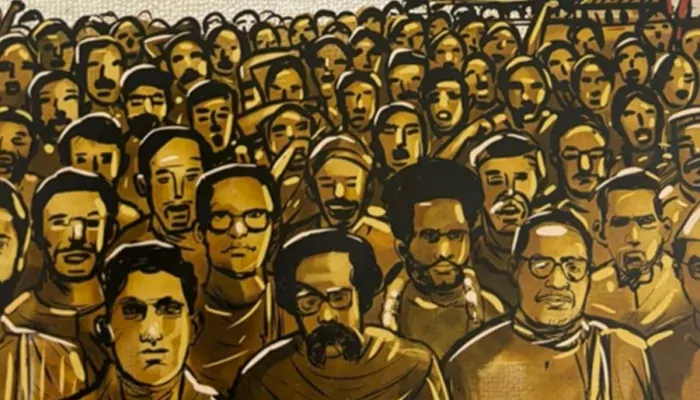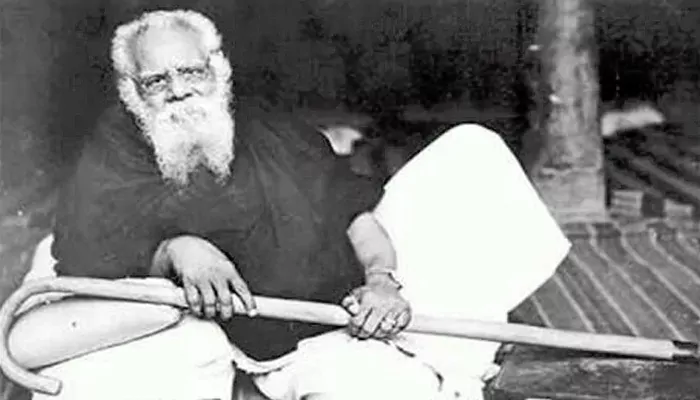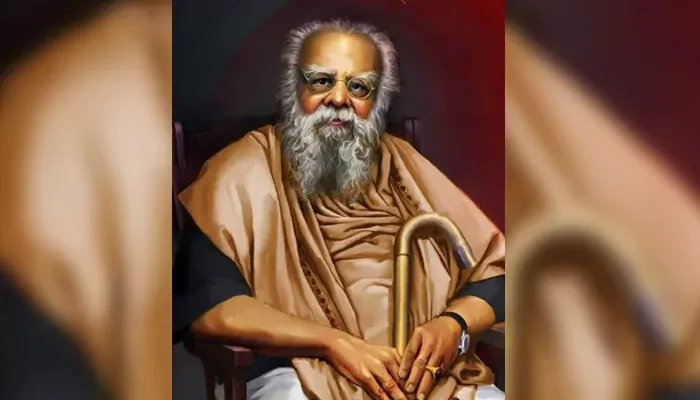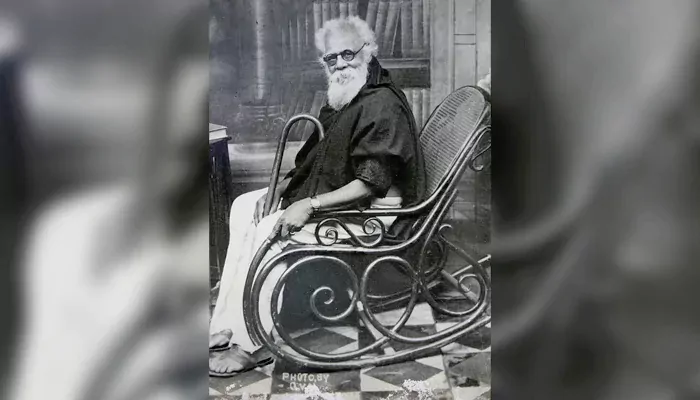
What began as a fight to open a single temple gate in Kerala became a defining moment in India’s long war against caste hierarchy, orthodoxy, and imperial collusion
In 1904, a young Tamil merchant named E.V. Ramasamy—later known as Periyar—was thrown out of a Dharamshala in Varanasi. His crime? Being non-Brahmin. While Brahmins were fed inside, Periyar ate discarded food on the roadside, alongside stray dogs.
That moment became the crucible of his radical awakening. From then onwards, Periyar dedicated his life to dismantling the twin structures he saw as the pillars of oppression in India: Brahmanical orthodoxy and colonial power.
In 1924, the town of Vaikom in Kerala became the unlikely flashpoint of a movement that would unsettle both caste and colonial power. In this temple town, "untouchables" were not even allowed to walk on the streets surrounding the temple, let alone enter it. The protest that followed—known as the Vaikom Satyagraha—was initially inspired by Gandhi’s non-violent methods but soon evolved under Periyar’s leadership into a larger assertion of Dravidian identity.
Periyar was arrested twice, once serving six months in jail. But the result of his relentless agitation was historic: for the first time, the rigid barriers around temple access began to erode. The lanes around the temple were opened to people of all castes—a symbolic but seismic crack in caste apartheid.

(Credit: The Better India)
Periyar realised that the caste system was not just a social problem but a deeply rooted ideological structure, legitimised by religious texts and rituals. Through his writings and public campaigns, he condemned the Manusmriti, the Ramayana, and other Hindu scriptures for their role in reinforcing Brahmin dominance.
He invented the term “Brahmanocracy” to describe the control of upper-caste elites over Indian politics, education, and culture. His message was revolutionary: abolish caste, reject oppressive religion, and reclaim rational thought. His self-respect movement rejected Sanskritised rituals, promoted inter-caste marriages, widow remarriage, and simplified weddings without priests.

(Credit: The Peninsula)
Periyar’s politics was never about symbolism—it was structural. He launched mass campaigns to ban the use of “Brahmin” in hotel names, fought for the right of all castes to enter the temple sanctum, and ensured the use of Tamil rather than Sanskrit in rituals. When Rajagopalachari proposed that children should learn the professions of their caste, Periyar led protests so intense that the proposal had to be withdrawn, and the Chief Minister resigned.
In 1955, he publicly smashed Ganesha idols to question idol worship. That same year, he published “The Ramayana: A True Reading”, a sharp critique that portrayed Rama as a symbol of Aryan aggression against the Dravidians. The book was banned, but it became a touchstone for generations of anti-caste thinkers.
Thanks to Periyar’s persistent activism, Clause 4 of Article 15 was incorporated in the First Amendment to the Indian Constitution in 1951, enabling special provisions for backwards classes in education and employment. This legal recognition established the groundwork for the Mandal Commission and subsequent affirmative action.
Periyar also met Ambedkar in 1954 to discuss adopting Buddhism as a mass movement to oppose Hindu orthodoxy. His influence extended beyond Tamil Nadu, laying the ideological foundation for a pan-Indian anti-caste discourse.

(Credit: The Caravan )
Until his death in 1973, Periyar remained steadfast in his critique of caste, patriarchy, and religious dogma. He launched newspapers such as Kudi Arasu, Unmai, and Modern Rationalist to reach the masses. He believed ideas were weapons, and he wielded them with devastating accuracy.
What began at a temple gate in Vaikom eventually challenged the very structure of Indian society. The gate may have opened, but it was Periyar who tore down the walls behind it.